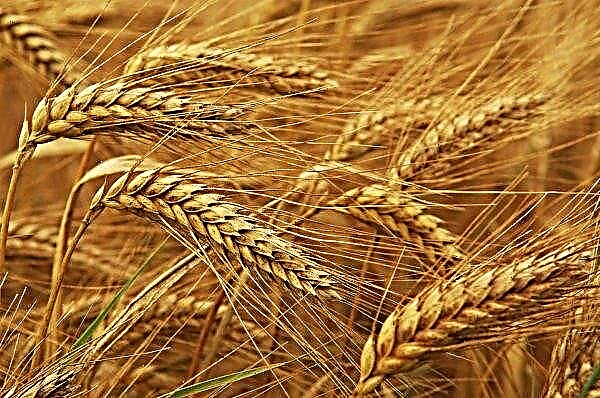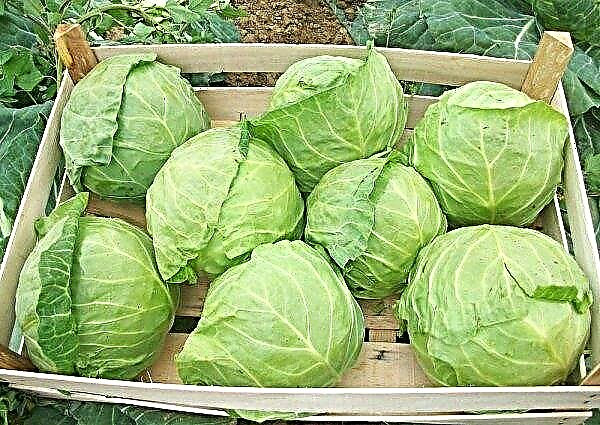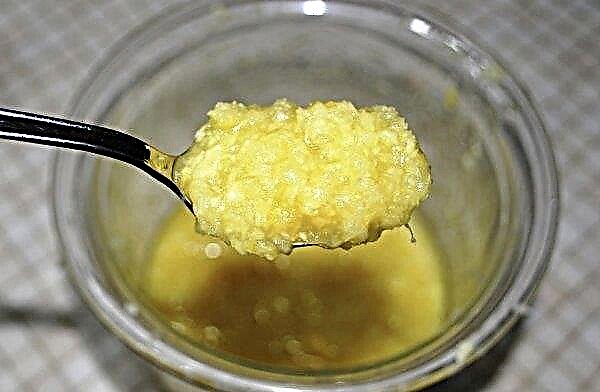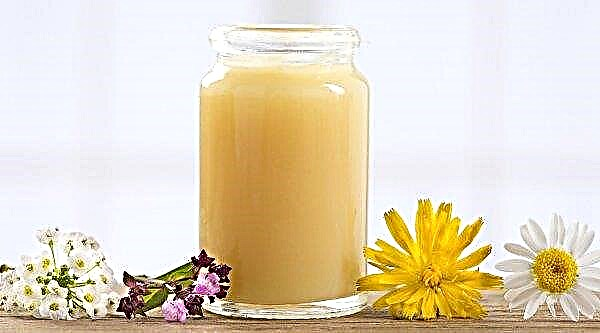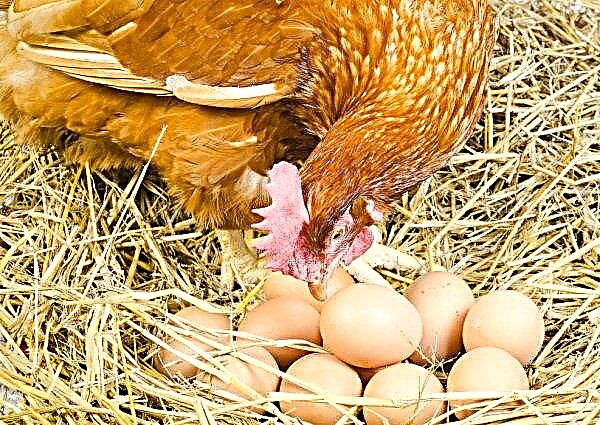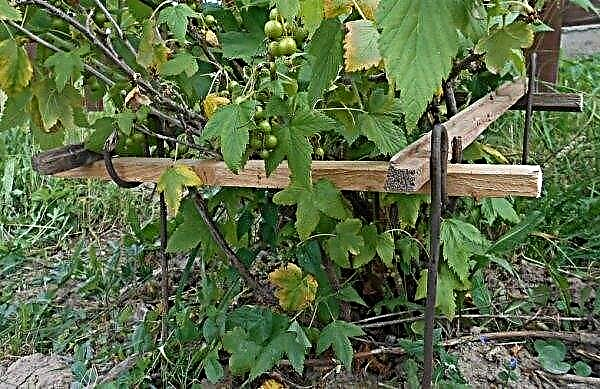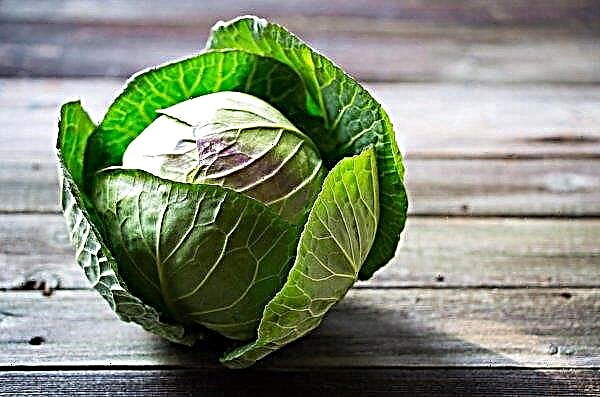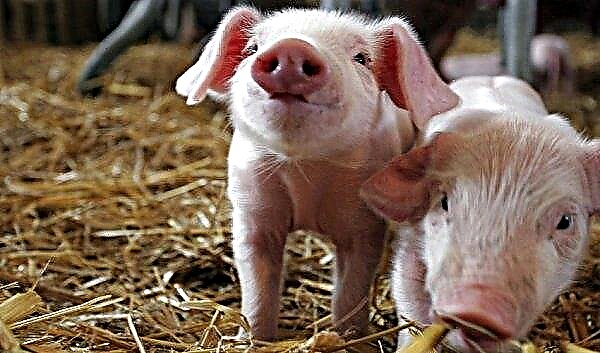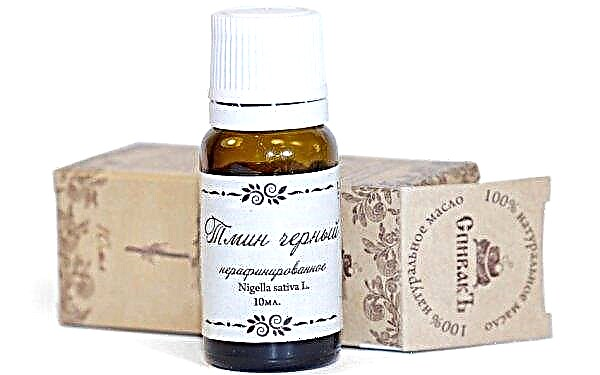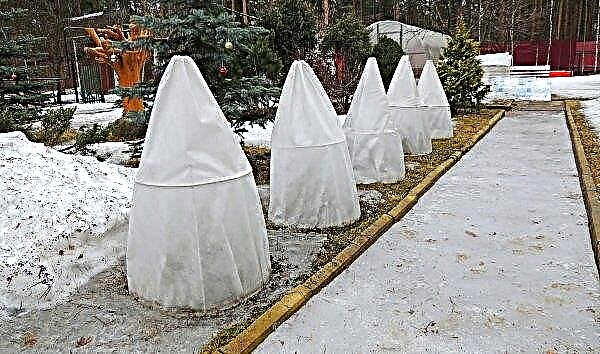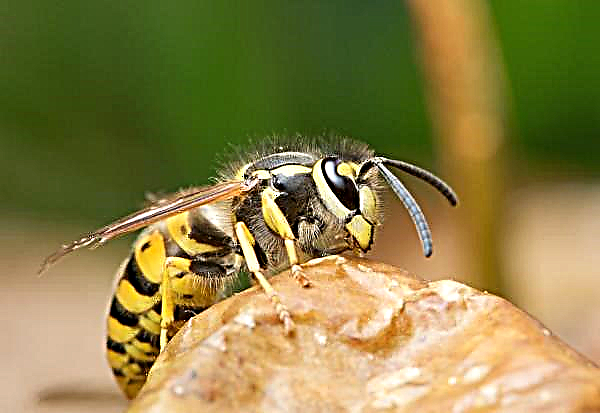Mushrooms are a favorite treat of many people. Camping in the forest becomes a wonderful vacation for the whole family. Everyone is pleased to find and collect at least a few fresh fragrant mushrooms in a basket. One of the most popular among mushroom pickers is autumn mushrooms (Armillaria melea). In order to come home not empty-handed, you need to know where and when honey mushrooms grow, as well as how to choose a true, not a false mushroom.
Description of honey mushrooms
Young fruiting bodies have bulging caps with small scales. With growth, the hat becomes flat and wide, the scales most often disappear. The color of the hat varies from light honey to dark olive. Size 3–17 cm. Leg grows 7–12 cm high and usually 1-2 cm in circumference. Thin and light above, expands from bottom to bottom and acquires a dark color. Covered with flakes in the form of flakes.
Young fruit bodies have a “skirt” on their stalk, which disappears over time. Young fruiting bodies have denser flesh. In mature mushrooms, the leg acquires a stiff fibrous texture. The plates hidden under very young hats straighten and darken with growth.
Did you know? The first mushrooms appeared more than four hundred million years ago long before the advent of the dinosaurs.
When the honey agaric season begins and ends
Autumn season, as a rule, begins in August and ends in November with the onset of frost. Frozen mushrooms become soft and watery, lose their taste and aroma and are no longer of interest to mushroom pickers. The beginning and end of the growth of Armillaria depends on climatic and weather conditions in each particular season.

How to find honey mushrooms in the forest
Autumn honey mushrooms sprout in any forest from the subtropics to the northern latitudes. Look for these fruiting bodies near trees in humid places. Strictly speaking, Armillaria is a parasite that lives off other plants, spreads through spores and mycelium. With the invasion of honey mushrooms, a whole forest can die out. Young birches, oak trees and pines, attacked by Armillaria, die especially quickly.
What trees and stumps are found on
Most often, Armillaria can be found on dead trees of absolutely any variety, as well as on rotten stumps. Less often - on healthy trees and herbaceous plants, fallen branches. Mushrooms grow in colonies, which is very much to the liking of mushroom pickers. Often their legs are fused at the bottom. Basically prefer lowlands, where there is a lot of shade and moisture.On the stumps of alder, birch, elm, aspen appear 2-3 years after the felling of trees. On stumps of oak or pine, they can be seen 8-10 years after the tree was cut down.

What and how affects the growth of honey agarics
A large number of factors affect the growth of honey agarics, so it is impossible to clearly determine when you will get the optimal yield. Experienced mushroom pickers nevertheless have their own observations and concepts about how long after rainfall and under what weather conditions it is worth going on a “quiet hunt”.
Important! Mushrooms like a sponge absorb all the components of the environment. Therefore, in no case should you engage in their collection near the roadway, enterprises and other places with a high concentration of harmful substances.
At what temperature do they grow
The honey agaric grows at a temperature of +8 to + 13 ° C. When the soil and air warm up more than + 15 ° С, the mushroom caps disappear. Accordingly, the peak of growth does not fall on any particular month, but is regulated solely by the ambient temperature. When the temperature drops closer to winter, honey mushrooms disappear only with the time of freezing of the soil. External cooling does not frighten them until the mycelium is warm.

How fast they grow after rain
Armillaria grows on average from a day to a week. The more abundant the rain and the more favorable the temperature conditions, the more likely you will find a crop of mushrooms in ravines on rotten stumps.
On average, the growth of the fruiting body is 1.5–2 cm per day. The fruit bodies of honey mushrooms live up to fifteen days. Stop growing on the eleventh day.
How to stimulate growth?
For the growth of fruiting bodies from mycelium, it is necessary that the temperature conditions coincide and also be optimal air humidity (55-60%). Mushrooms also grow well only when the presence of loose soil saturated with oxygen.
Another factor stimulating rapid growth is a sudden sharp cooling (up to -10 ° C) for three to four hours, followed by an ambient temperature of 1 to 5 ° C during the day. After such temperature fluctuations, the most generous crops of Armillaria appear.

How to distinguish false mushrooms from edible
False mushrooms grow as well as real ones, in colonies on stumps and old trees. At first glance, they can easily be confused with edible fruiting bodies.
Important! If you are not sure about the edibility of the mushroom, never eat it. It is better to ask the experienced mushroom picker or simply throw away the found.
However, there are quite a few signs, from which it is possible to distinguish a false mushroom from an edible one:
- In adult Armillaria, the rim is on the leg, which is the remainder of the protective film that covered the plates in young fungi.
- False honey mushrooms have a much brighter color (yellow, gray-olive or brick red) than true ones.
- True Armillaria has cream or slightly brownish plates at the bottom of the cap, while the false one has a yellowish-gray color.
- Edible fruiting bodies have a pleasant smell, while false ones smell unpleasant to humans.

How to collect honey mushrooms
Having found the Armillaria family, you can easily very quickly harvest a large crop. In this case, some collection rules should be observed:
- take familiar mushrooms;
- the collection is best done in the early morning, when the mushrooms are nourished with cool dew, are more resilient and perfectly tolerate transportation;
- give preference to young specimens, they are usually tastier and not wormy, and also did not have time to absorb many harmful substances;
- when collecting, you need to carefully cut the leg of the fruiting body or unscrew it, trying not to spoil the mycelium;
- the collected product must be laid with hats down or to the side;
- in its raw form, the crop is not stored for a long time, it must be processed immediately after coming home.
Did you know? In the presence of sunlight, mushrooms produce vitamin D and are able to "sunbathe", changing pigmentation.
Mushroom picking is a real pleasure for connoisseurs of this process. Autumn honey mushrooms have a rich chemical composition. They are able not only to satisfy hunger, but also to satisfy the needs of the most picky gourmets, and also have a healing effect on the body. Guided by the basic rules for the collection of Armillaria, you can collect a good harvest and please yourself and your loved ones.

